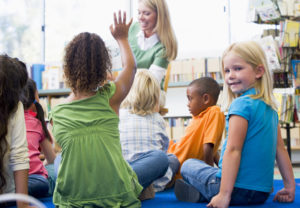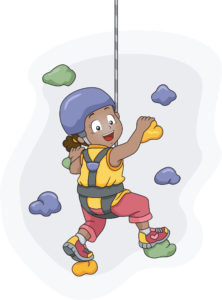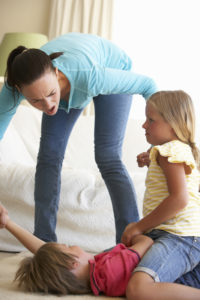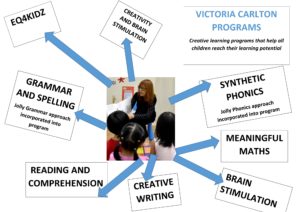Tomorrow I will be teaching children from 7 to 11 years.
It will be like conducting a symphony of carefully chosen learning experiences. To successfully manage this I need to know the curriculum content and I need to know the needs of the children I will be teaching. it takes careful planning but the benefits are HUGE!
There is considerable evidence supporting multi-age grouping for teaching.
“When compared to children in single age classes, children in multi-age classes are superior in study habits, social interaction, self-motivation, cooperation, and attitudes toward school. Academically, children perform just as well or even better than those in single grade classes. (Gajadharsingh 1991). It will take time and effort, but our kids are worth it!”
www.multiage-education.com/multiagen-b/themulticlass.html
We have followed this approach for many years and see many benefits:
- Teachers teach children at point of need rather than being confined by perceptions of age
- Children can get access whatever help and teaching they need in flexible groupings
- More able children tend to be fully extended.
- Children with difficulties feel more relaxed about accessing much needed assistance and will ask questions more readily.
- Essentially this approach is modelled on natural family groupings and honours the fact that we grow and mature at different times, sometimes with “spurts” and sometimes more slowly.
- Teachers who teach in this way tend to develop the ability to be more flexible and use more learning games and “hands-on” equipment.
- Of course teachers who are new to teaching in these environments need some coaching and modelling in this teaching method. It is like conducting an orchestra and once you know how, you just get better!
- We believe the educational gains are great so if you have the chance to teach in a multi-age environment, take it! You have much to gain!
Parents who have the chance to enrol children in multi-age classrooms or tuition centres – know your children are experiencing an excellent education mode and likely to have very tangible social and academic gains.








